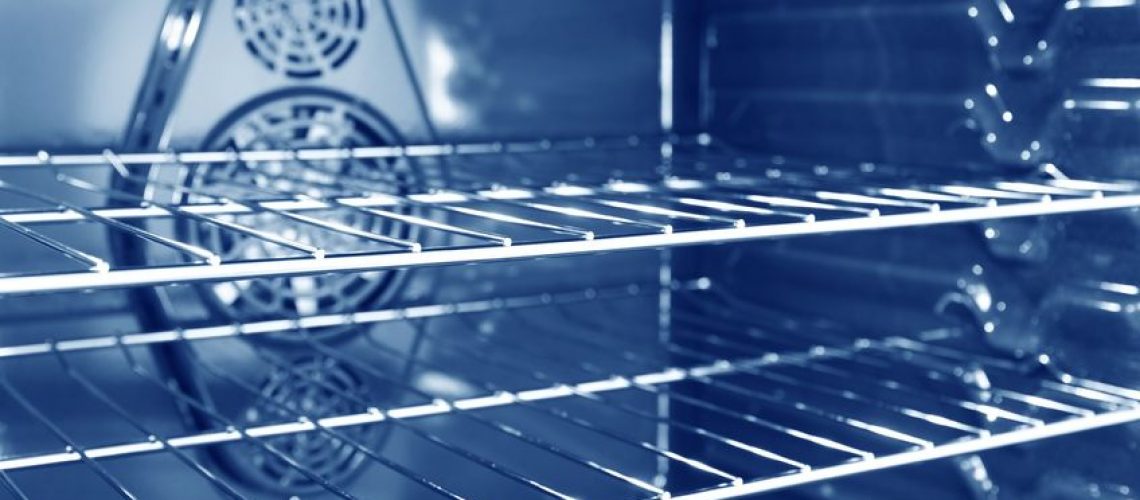I have heard many conversations about convection ovens and I am always asked what the difference is between a convection oven and a traditional radiant oven. Is one better than the other? Are there any negative side effects? In this week’s blog we will dive into the world of the convection oven.
How they Work:
Convection ovens work differently than the radiant or thermal ovens by their use of a fan that continuously circulates air throughout the oven. With the radiant oven, the hot air is merely surrounding the food, where as in a convection oven the fan is blowing hot air uninterruptedly onto the food providing more even heating. Scientifically speaking, moving air speeds up the rate of heat transference that naturally occurs when two different temperatures converge. [1]
All Over Heat:
While in a conventional oven the heating element is most often placed at the bottom of the oven, food placed on the bottom rack will cook faster than food on the top racks, however in a convection oven the steady rhythm of the fan blowing hot air throughout the oven supplies the same amount of heat to all the racks. Convection cooking eliminates hot and cool spots in the oven providing all over heat.
“But I’ve used a Convection Oven and Saw no Difference!”
Many ovens now-a-days give you the option to use a convection function. Many people may choose not to use convection after not experiencing much of a difference between the two. This is a common problem as many ovens are not “true convection,” especially countertop convection ovens. The most efficient convection ovens have a third heating element located near or around the fan located in the back of the oven. The third heating element is often covered by a panel which moves air sucked in by the fan past the heating element and back into the oven. These ovens are considered “true convection” or “third-element convection” which are the terms to look for when shopping for a convection oven.
When ovens do not have this third element they will provide less even cooking. A terrible example of a poor convection oven actually has the fan mounted on the outside and will blow unheated, outside air into the oven mixing unheated, cool air with the heated air of inside of the oven.
True convection ovens are often built-in wall ovens and are not often found in the counter top variety. If true convection is what you seek, I would highly recommend a built-in oven.
Are there any Cons?
One big con of changing over to a convection oven is the amount of time required to cook food. Many old family recipes will need to be experimented with in the convection and watched a bit closer as convection ovens do cook faster than radiant ovens. When transitioning, some dishes may turn out undercooked or overcooked; there can be a bit of learning curve.
Another con can be the cost. While there are some cheaper models on the market, they often do not contain the third element and are therefore not true convection ovens. True convections can often reach into the $2000-$3000 range making them more expensive than conventional radiant ovens.
You may also find your cookware will need to be upgraded. It is suggested, for example, that cookie sheets have no sides, and you replace your deep roasting pans with shallow ones. This is additional cost to the cost of buying a convection oven.
Are you cooking with convection? What do you like or dislike about it? Let me know in the comments below!
Is there something specific you would like to learn about in our blogs? Let me know!

